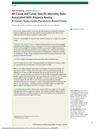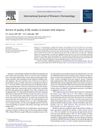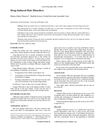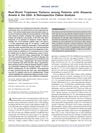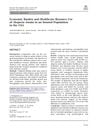Validation of Alopecia Coding in US Claims Data Among Women of Childbearing Age
April 2024
in “
Pharmacoepidemiology and drug safety (Print)
”

TLDR The algorithm accurately identified alopecia in women of childbearing age using claims data.
The study aimed to develop and validate a claims-based algorithm to identify alopecia in women of childbearing age. The researchers linked electronic health records from a large healthcare system in Massachusetts with Medicaid claims data from 2016 through 2018. They identified all women aged 18 to 50 years with an ICD-10 code for alopecia. Using eight predefined algorithms to identify alopecia in Medicaid claims data, they randomly selected 300 women for whom they reviewed their charts to validate the alopecia diagnosis. The results showed that out of 300 patients with at least 1 ICD-10 code for alopecia in the Medicaid claims, 286 had chart-confirmed alopecia (PPV = 95.3%). The algorithm requiring two diagnosis codes plus one prescription claim for alopecia treatment identified 55 patients (PPV = 100%). The conclusion was that at least one recorded ICD-10 code for alopecia in claims data identified alopecia in women of childbearing age with high accuracy.
